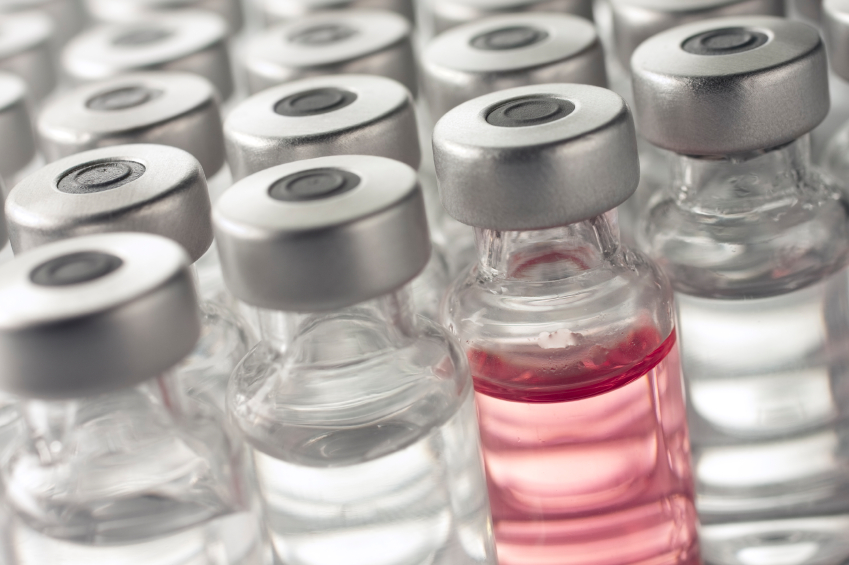The fact is that one in two Australians will need a nuclear medicine diagnosis or treatment during their lifetime. The medicine is associated with the treatment of a range of cancers, heart disease, and muscular and skeletal conditions.
 |
| ANSTO already delivers 10,000 patient doses of nuclear medicine to hospitals and clinics across Australia every week. |
Developments in nuclear medicine are improving health outcomes and offering hope to cancer patients, and are high on the agenda of Australia’s doctors, experts and, thanks to a high level briefing in Canberra last week, several of Australia’s key decision makers.
Last week a delegation of experts went to Canberra to provide parliamentarians and decision-makers with the latest information about the ways nuclear science is contributing to the Australian health system, and the fight against cancer.
ANSTO, Dr Adi Paterson; Director of the Ludwig Institute for Cancer Research and ANSTO Board member, Professor Andrew Scott; and CEO of the Cancer Council Australia, Professor Ian Olver.
Participants were briefed on a wide variety of projects that are underway right now, and that are or will potentially help Australian patients.
Professor Olver outlined the role nuclear medicine plays in achieving accurate and early diagnosis of a wide range of cancers, and how improved imaging technologies may also pave the way to new treatment options in the future.
Dr Paterson talked to current capabilities of Australia’s nuclear science and technology platforms, and the fact that ANSTO already delivers 10,000 patient doses of nuclear medicine to hospitals and clinics across Australia every week.
And Professor Scott provided an update on construction of a manufacturing facility to produce an Australian supply of Lutetium-177, which potentially improves health outcomes for patients with neuroendocrine tumours. Around 750 Australians are diagnosed with this form of cancer each year.
“Nuclear medicine is a cornerstone of the Australian efforts to fight cancer and other diseases,” said Dr Paterson.
“It was great to be able to brief key decision-makers that more research efforts, more partnerships, more coordination and more funding are all coming together to really take the fight up to cancer.”


